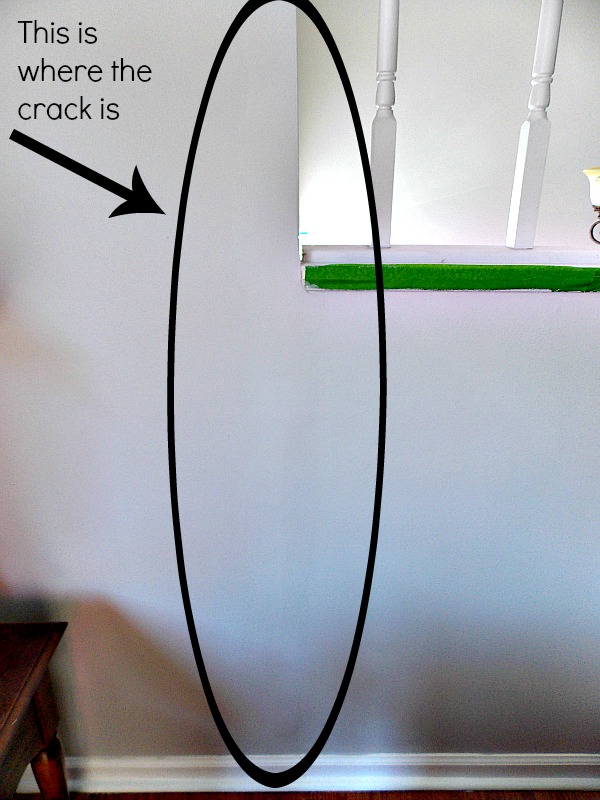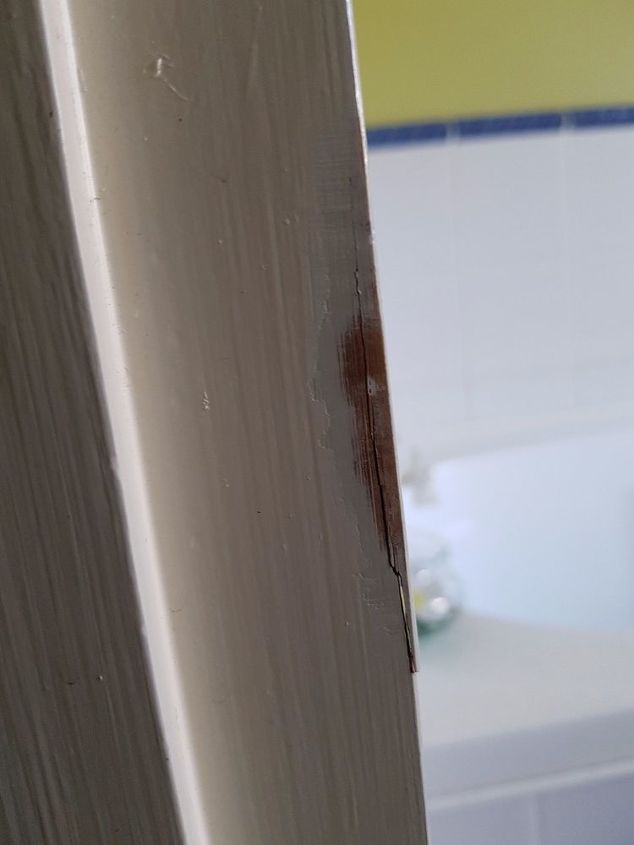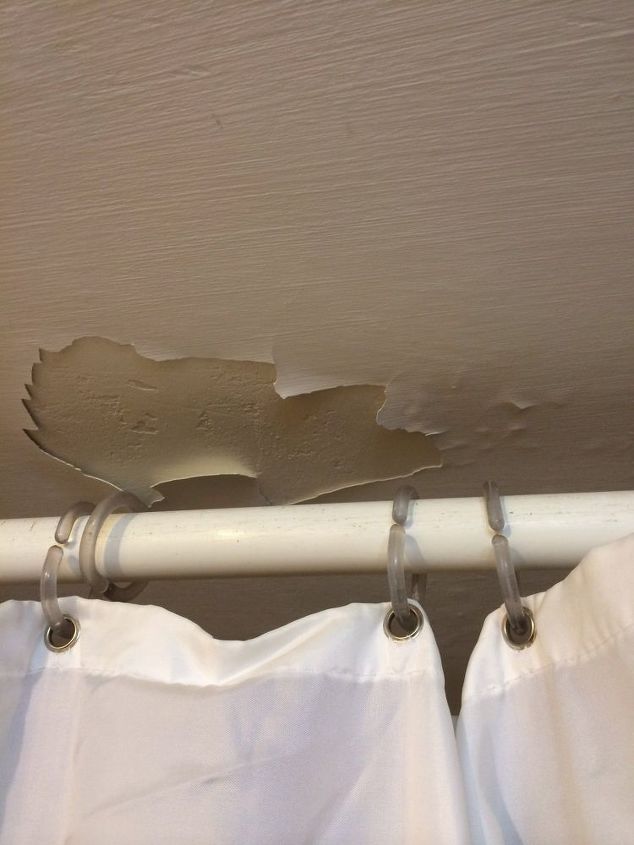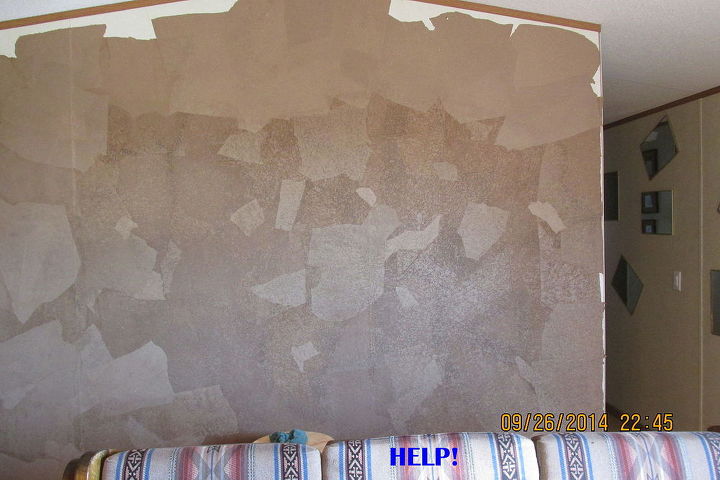Botched up drywall repair

Related Discussions
How to get rid of mice?
We seem to have some unwelcome Mickeys and Minnies in our house. What is the best way to get rid of them?
How to remove popcorn ceiling with asbestos?
I want to remove my popcorn ceiling, but it has asbestos in it. How do I go about this safely?
How to trap fruit flies?
Does anyone know how to get rid of fruit flies with a homemade trap?
How to remove popcorn ceiling with vacuum?
Is there a way to use a vacuum to remove a popcorn ceiling?
How to fix a crack in a door frame?
How to fix a door frame with a split in it?
Water damage on bathroom ceiling
I am about to patch up this water damage on a low bathroom ceiling. What can i paint/seal the entire ceiling with to minimize future water damage? the ceiling is very... See more
Brown paper floor/wall help
I have purchased a brown roll of paper because I wanted a consistent "vein" look through out the walls and the brown paper bags I was getting would sometimes be "vein... See more









Firstly to address the reason of continuous cracking. It's really a no brainer, plasterboard or in American speech drywall 99% of the time will have a joint below and or above doors windows and any other penetrations. This is to limit wastage and costs its what rough tradies do. If there has to be a butt joint in the wall it should not be directly below or above doors or windows as this is a weak spot and under stress from opening and shutting off doors or windows. Now to solve the problem completely and having the confidence of it not returning is to remove plasterboard and resheet without having a butt joint. Cut around the window jamb in one piece.. if you want to keep patching then you are going to end up with a massive speed hump and use tape making sure it's paper tape. Well that's my lowdown on your cracked drywall. Btw I'm a plasterer from Sydney Australia with 21 years experience.